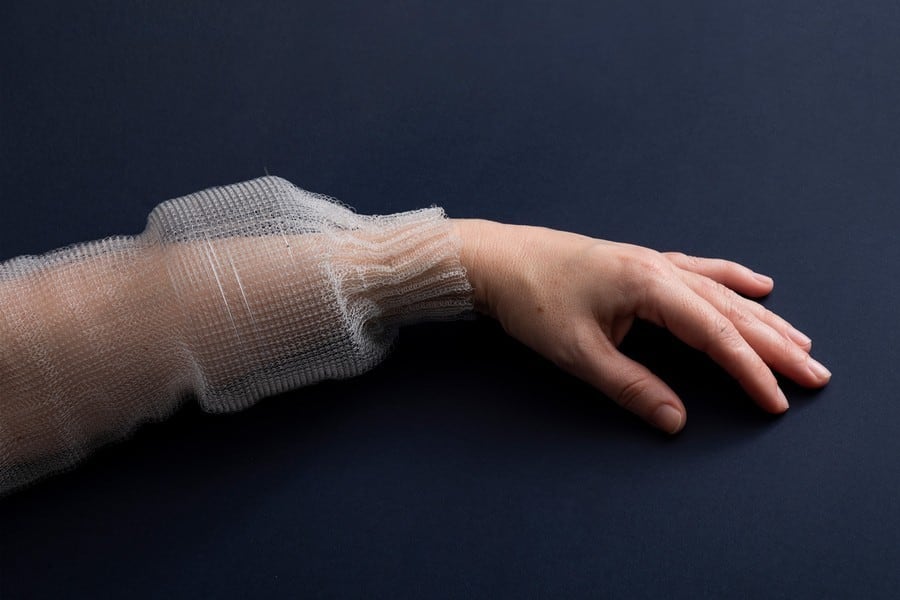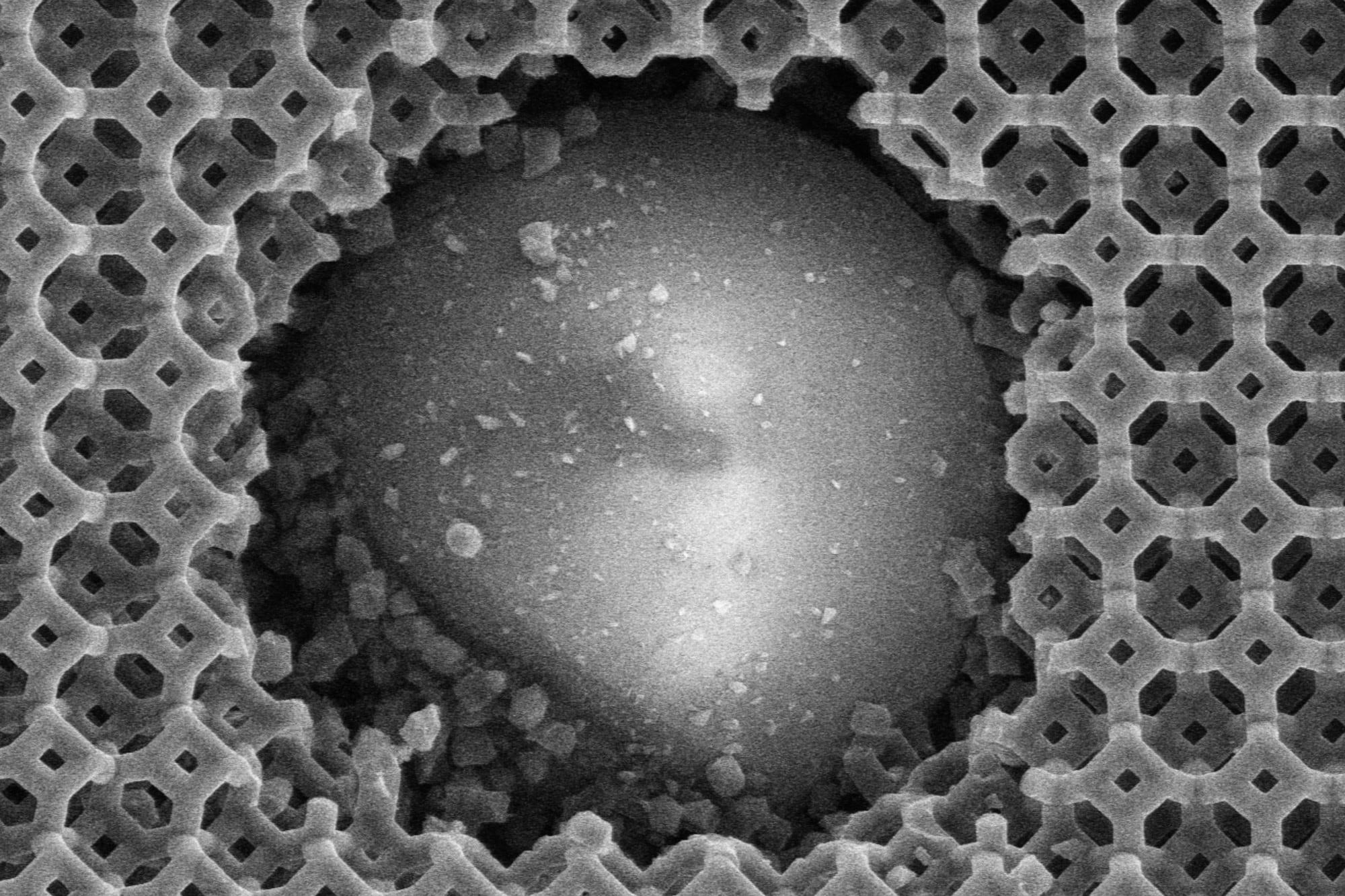A recent breakthrough by Army-funded researchers may lead to a new material that could yield lightweight body armor, blast shields and more for future soldiers.
Testing at the Institute for Soldier Nanotechnologies, is an Army-sponsored research center at the Massachusetts Institute of Technology, showed a polymer patterned in a “lattice-like” structure using nanotechnologies could withstand more force than Kevlar or steel.
The paper, recently published in the scientific journal, Nature Materials, showed that the nanotechnology-built material prevented objects from tearing through and was “more efficient” at stopping penetration than traditional materials.
RELATED

Army Times spoke with the program manager for ISN, who explained that the lightweight material that’s been lab tested to take on high impacts may work better than traditional armor or protective materials because there are more layers of material in a smaller space.
The paper on nanotech use was co-authored by scientists and engineers at Massachusetts Institute of Technology, the California Institute of Technology and ETH Zürich, a university in Switzerland.
Dr. James Burgess, ISN program manager, gave the example of a motorcycle helmet’s protection to help break down the process.
The helmet’s shell is hard on the outside and can take a high impact, to a point, before it cracks. But if that same shell contained within it many tiny layers of shell, each layer and space between would provide even greater resistance.
That can’t be done as easily with materials such as steel, or even Kevlar. But microscopic nanotechnology procedures are allowing for new approaches to building these structures, he said.
Dr. Carlos Portela shared with Army Times how that work is done using light-sensitive material known as “photoresist” that conforms its shape based on light exposure, such as lasers.
“This technique is effectively 3D-printing at the nanoscale, where a tightly-focused laser is traced within a drop of photoresist—in three dimensions—locally solidifying material in the process until the full structure is printed,” Portela said.
What’s key to this new process that researchers have tested is it allows designers to “fabricate virtually any imaginable 3D shape” at levels never before reached, he said. That means that the material they can build can be stiffer and stronger than using traditional manufacturing methods.
While current research is lightening helmets and body armor through the use of new materials, configurations and other means, this approach could provide even greater protection in an even lighter package, Burgess said.
“Increasing protection while simultaneously decreasing the weight that soldiers carry is an overreaching theme in our research,” he said.
While the newly-created technique isn’t quite ready for prime time and fielding, the lab-level research gives scientists and designers a lot to work with moving forward.
“The knowledge from this work…could provide design principles for ultra-lightweight, impact-resistant materials [for use in] efficient armor materials, protective coatings, and blast-resistant shields desirable in defense and space applications,” said co-author Dr. Julia R. Greer, a professor of materials science, mechanics, and medical engineering at Caltech, whose lab fabricated the material.
One hurdle, Burgess said, will be scaling up the production. These are microscopic amounts of material that would need to be produced in larger quantities to be useful in field applications.
But this first step does hold promise.
“Nano-architected materials truly are promising as impact-mitigating materials,” Portela said. “There’s a lot we don’t know about them yet, and we’re starting this path to answering these questions and opening the door to their widespread applications.”
*Correction: This article was updated to correct the spelling of Dr. Carlos Portela. It was also updated to clarify that the Insitute for Soldier Nanotechnologies program is housed at the Massachusetts Institute of Technology.
Todd South has written about crime, courts, government and the military for multiple publications since 2004 and was named a 2014 Pulitzer finalist for a co-written project on witness intimidation. Todd is a Marine veteran of the Iraq War.




